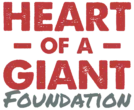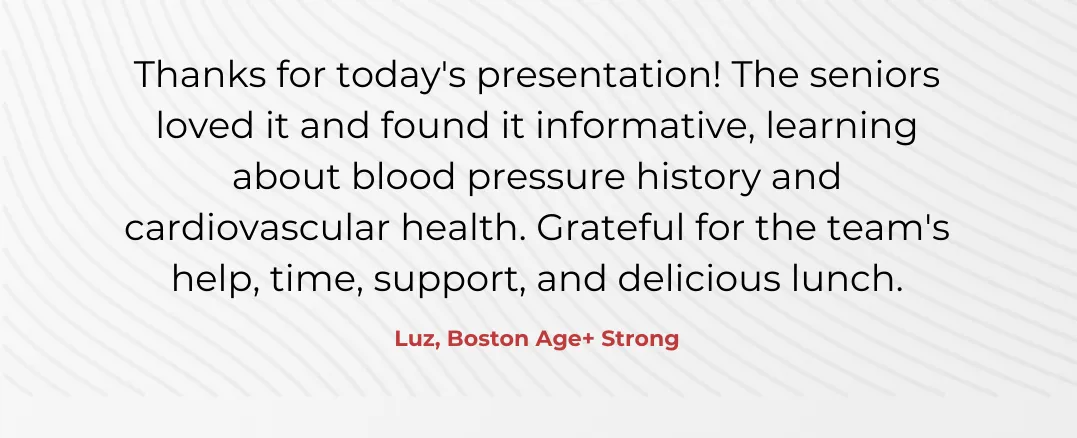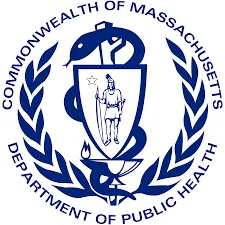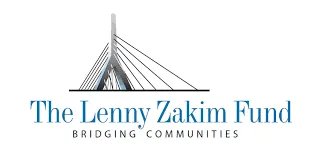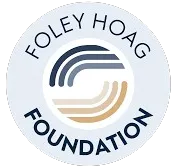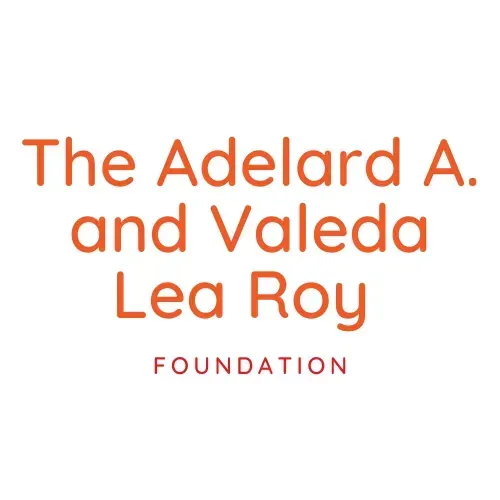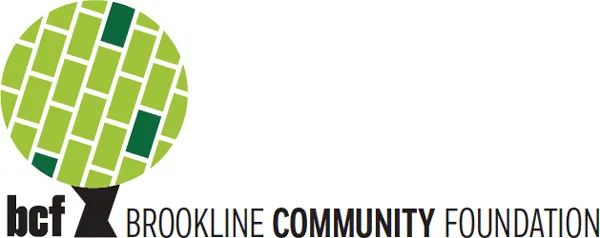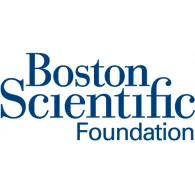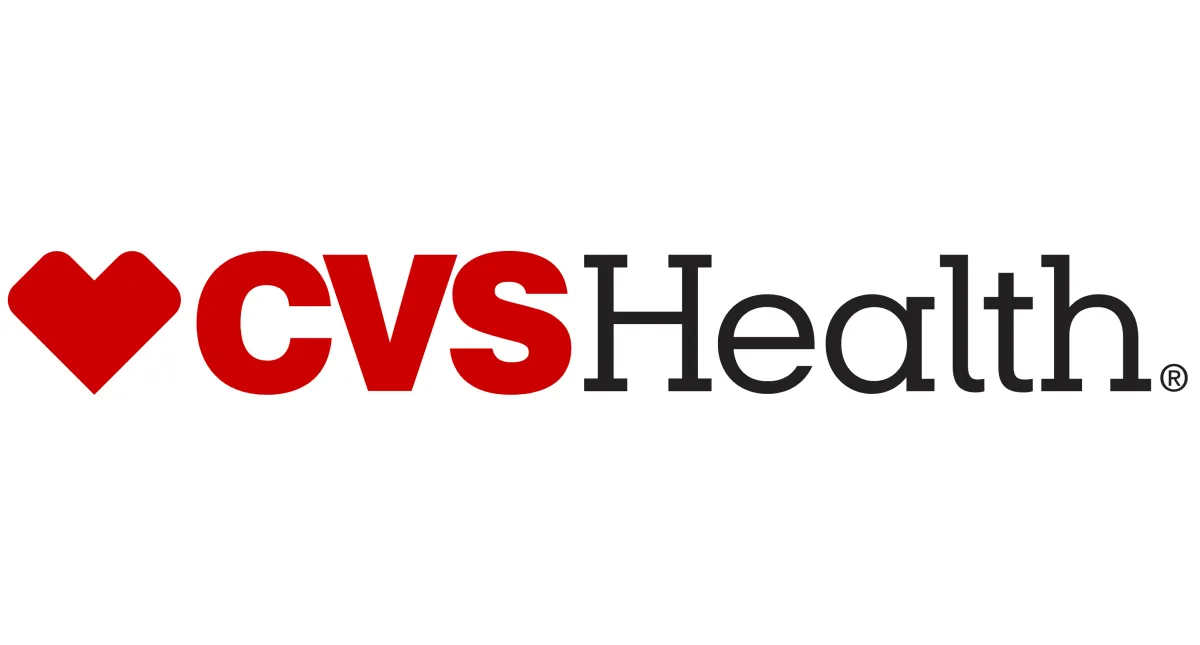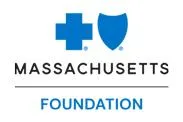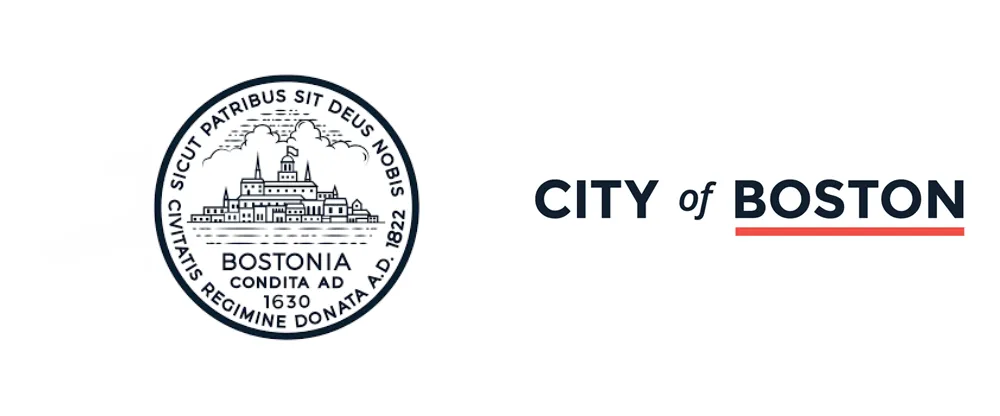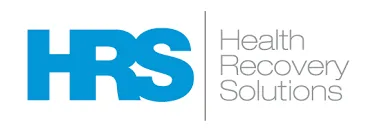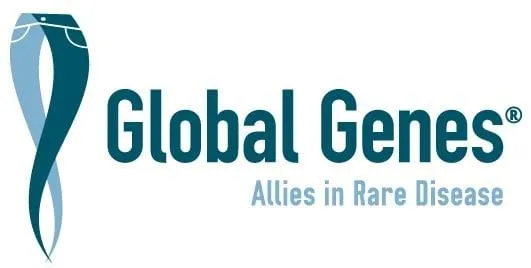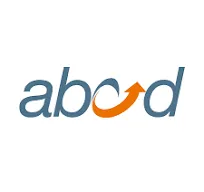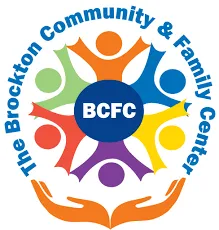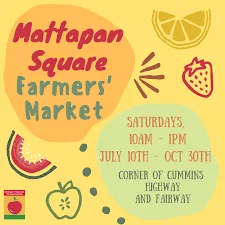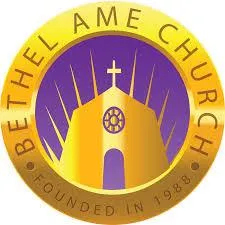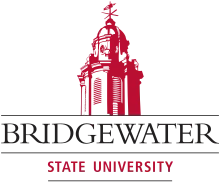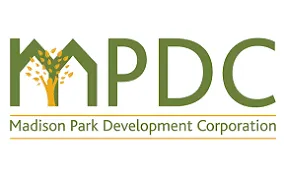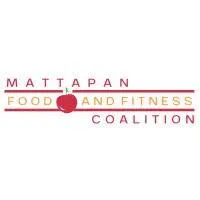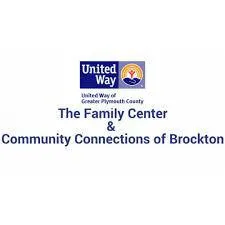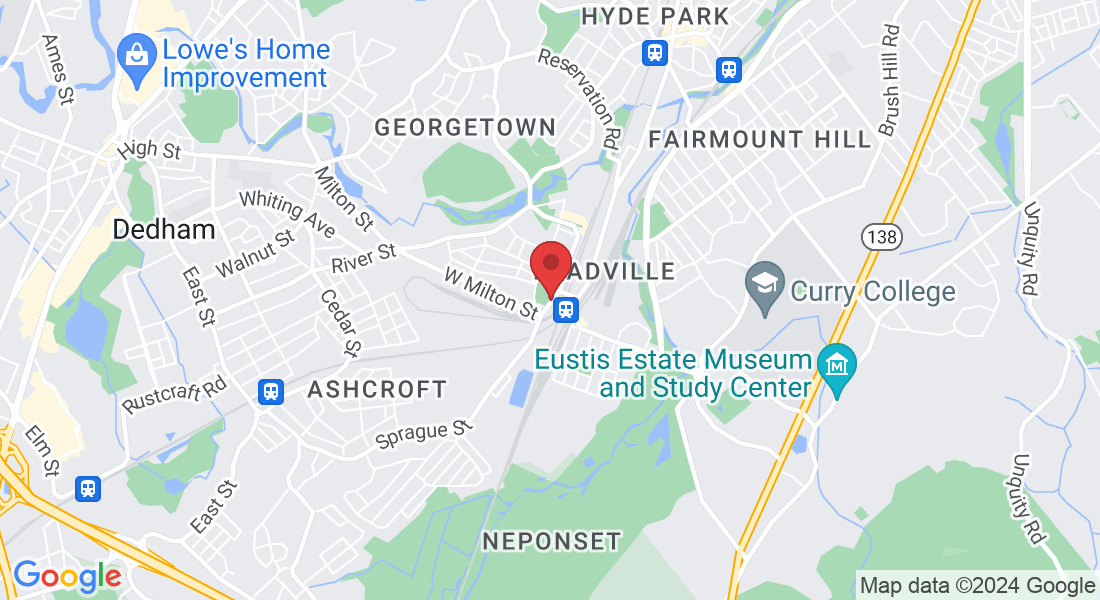About Us
Heart of a Giant Foundation
HGF
About Heart of a Giant Foundation
At Heart of a Giant Foundation, we are committed to reducing the impact of heart disease worldwide. We strive to become the leading partner in detecting, diagnosing, and managing cardiac risk factors. Our multi-level intervention programs empower individuals to take control of their health. Join us now to impact communities affected by heart disease significantly.
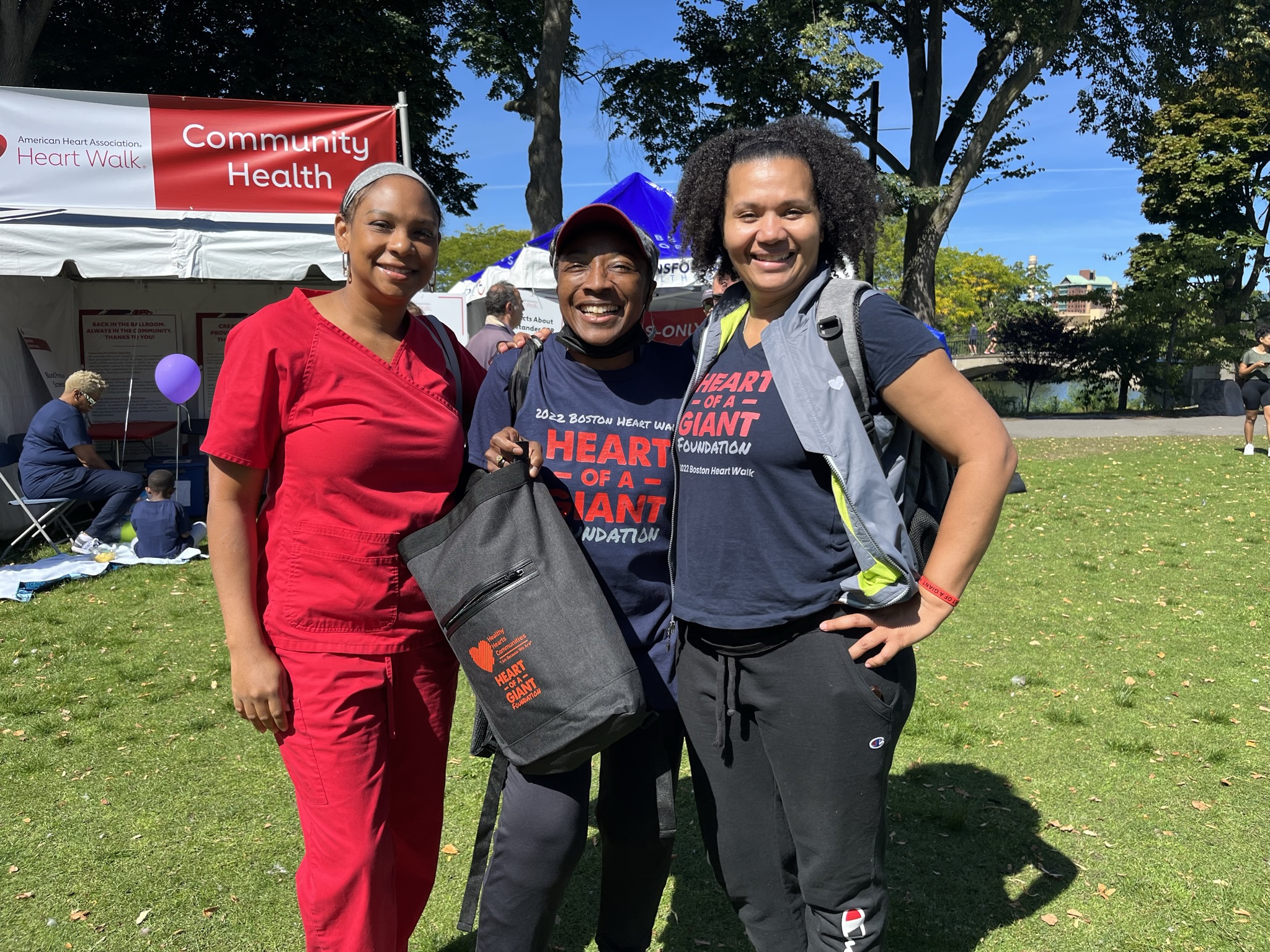
Our Vision and Mission
Our vision is clear: to ensure that every individual in the community has access to effective heart health education, superior healthcare assistance, and community resources, enhancing their overall health, quality of life, and the management of their heart conditions and related risk factors. We strive to achieve this vision by:
Our mission is to proactively identify heart-related risk factors in at-risk population groups, provide them with the support and knowledge they need to become self-reliant, and advocate for managing and living with their health conditions.
Raising awareness about risk factors and symptoms of cardiac conditions;
Promoting regular health check-ups, screening, and early diagnosis;
Providing culturally intelligent and responsive services;
Improving patient-provider relationships;
Enabling access to improved care and better health outcomes;
Empowering patients and caregivers, and
Promoting advocacy and self-advocacy.

Some Tough Truths About Heart Disease
Heart disease remains the No. 1 cause of death both in the US and the World, with staggering statistics highlighting the urgency of our mission:
18 million+ lives are lost to heart disease globally each year.
655,000+ deaths occur in the US annually due to heart disease.
495,000+ individuals suffer from high blood pressure-related casualties every year.
Despite these alarming figures, only about 49% of Americans are aware of their heart health status, underscoring the critical need for increased education and awareness.
High blood pressure, also known as hypertension, is a common heart condition that has been identified by the US Centers for Disease Control and Prevention (CDC) as a leading risk factor for heart disease, stroke, kidney disease, and vascular dementia.
According to a recent study conducted by the Boston Public Health Commission, one out of every four adult residents in Boston reported having hypertension. The study also found that the percentage of hypertension was higher for Black (36%) and Latino (27%) adults compared to White adults (20%). Neighborhoods with predominantly Black people, such as Mattapan, Dorchester, or Roxbury, had hypertension rates ranging from 34% to 42%.

More About Us
Eager to learn more about our efforts and impact? Visit our News and Insights Page. It's a space where we share blogs, insights, stories, and project updates. Our blog isn't just about posting articles; it's a platform for engagement. We love interacting with our readers in the comments section, fostering a community of like-minded individuals passionate about advancing the world of heart health.
Join us at Heart of a Giant Foundation as we work with our communities, supporters and partners to turn the tide against heart disease, one heart at a time.
News and Insights
Disclaimer:
The information shared on this page is not intended to replace professional medical advice. Always consult with a healthcare provider for any medical issues.
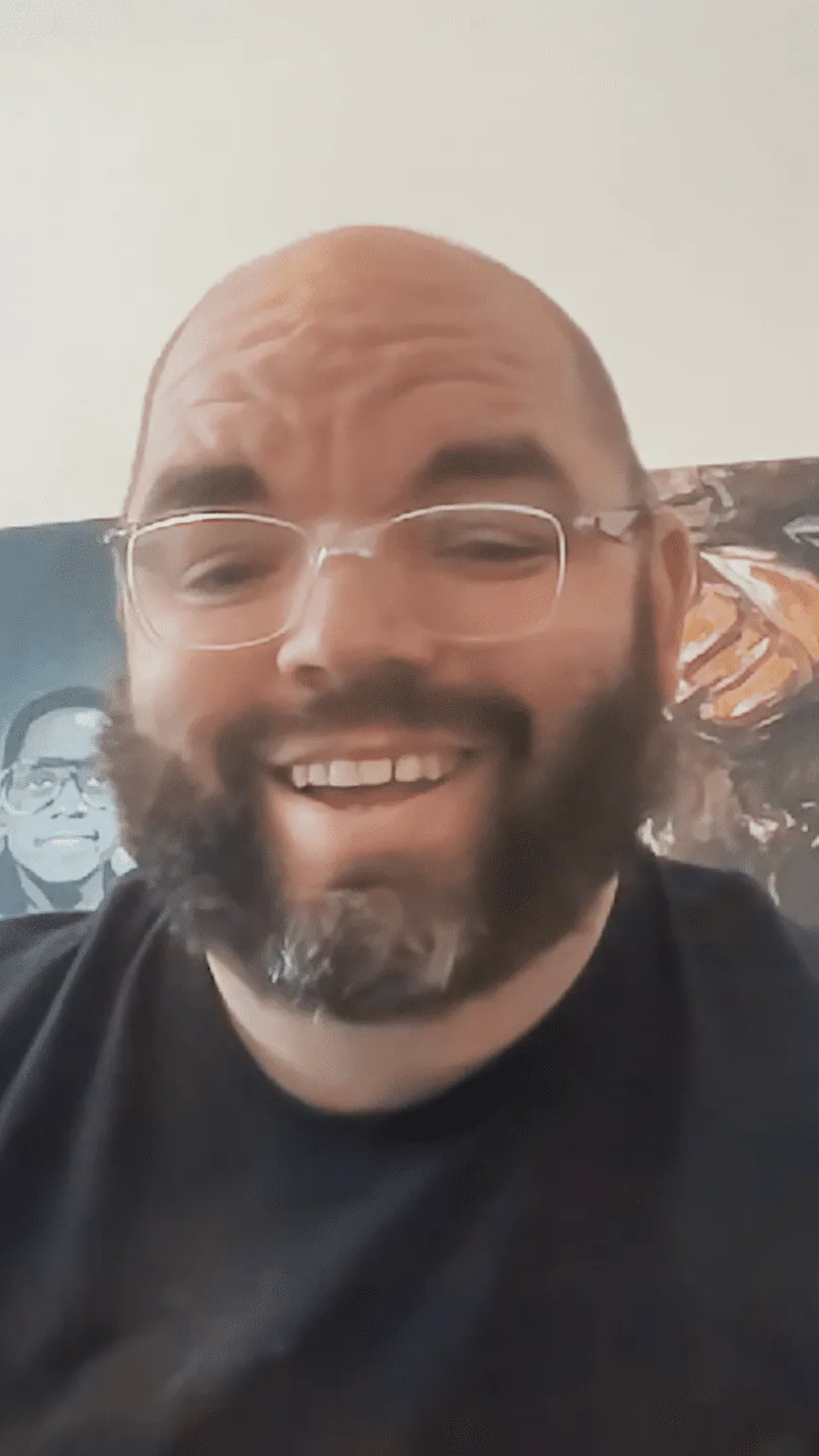
EPISODE 10: INSPIRING JOURNEY FROM HEART FAILURE TO TRANSPLANT: A CHAT WITH JOHN SANSON
“It’s amazing how you get used to living one way, and now you’re switching to living a new way.” -John Sanson.
Episode 10: Inspiring Journey From Heart Failure to Transplant: A Chat With John Sanson
Bouba sits down with John to talk about living with heart failure, LVAD, and a heart transplant.
John Sanson is a Houston-based patient diagnosed with dilated cardiomyopathy (DCM) in 2016 and has since undergone LVAD and transplant procedures. He is an inspiration to many, having shed over 100 pounds, and is currently working in the coffee industry and producing a documentary series.
John Sanson was diagnosed with dilated cardiomyopathy in 2016. After undergoing an LVAD and a transplant, he lives in Houston, Texas, with his wife, two dogs, and a cat. John works in the coffee industry, does photography, and is currently working on a documentary series about coffee. He is now facing $50,000 worth of medical debt due to the high cost of doctor visits but is thankful to have a job understanding his medical needs.
In this episode, you will learn the following:
1. John Sanson’s story of being diagnosed with dilated cardiomyopathy and going through LVAD and a transplant in five or six years.
2. The financial burden of navigating the healthcare system and its medical debt.
3. John’s creative projects include photography and a coffee documentary series.
Find out more about John here:
Instagram: thejohnsanny
Connect with me:
Instagram: livingwithheartdisease.podcast
Facebook: https://www.facebook.com/heartofagiant.foundation
YouTube: https://www.youtube.com/@heartofagiant
Twitter: https://twitter.com/LWHDpodcast
Other episodes you’ll enjoy:
Episode 9 – The Better Half of Heart of a Giant Speaks on LWHD
Episode 3 – Patient Education and Research
Episode 7 – The 757 Renaissance Man on his journey with the LVAD
Have you loved this episode? A free way to support our show is by leaving it a rating and review on Apple Podcasts. It’s a chance to tell us what you love about the show, and it helps others discover the show as well.
Chapter Summaries:
[00:00:01]
John Sanson was diagnosed with dilated cardiomyopathy back in 2016. Since then had LVAD, then a transplant. John went from no symptoms to fully symptomatic in three days. He was amazed at how quickly all of this happened.
[00:02:52]
Right now, I’m 240. I started my journey when I had my LVAD. I lost 140 and got down to 200. But prednisone and other transplant meds do work on your body. So I went back up to 240, which I’m still happy with.
[00:03:37]
“I don’t know how to react to that. I don’t know how to react to that. So when he started showing symptoms, he went to his cardiologist. Eventually, he was in end-stage heart failure.
[00:04:41]
I was still in denial. The idea of a transplant for me was a shock. Going in and out of the hospital was a struggle.
[00:08:58]
The biggest support has been my wife, and we’ve had family that has been able to help out. I did catch COVID once when I still had my LVAD. So that’s been another navigation. In the early years, we were self-sustaining.
[00:11:18]
Navigating the insurance has been the biggest headache. I’ve seen all three primary transplant clinics here in Houston. One of them is the best.
[00:13:26]
I’m sitting on about $50,000 worth of medical debt that I can’t pay just because I’m barely making ends meet. So I work in the coffee industry. I also currently work on a documentary for a video series about coffee. How do you sustain some of these expenses?
[00:15:39]
The five-ounce is a traditional size, like a flat white style cup. Photography started about 10 or 12 years ago, alongside some graphic design work. The current project I’m working on was a random throw in the air.
[00:17:21]
Right now, I am starting to manage my workplace’s Instagram. It’s more about engagement and helping businesses. How can the public or any of us support you, and what would you like?
[00:19:10]
I got my LVAD in September 2019, four months before the pandemic went crazy. I had my transplant in March of 2021. Some of the challenges dealt with include syncope and a pulmonary embolism. Those are probably the most challenging part and the worst for me.
[00:25:05]
(Talking about his Wife) She already enjoyed cardiac while she was a nursing school. When she saw the opening, she applied for it and went for it. It’s funny how this life stops you on the path, and then you find a way around it, sometimes even better.
[00:26:09]
I was only on the list for 28 days. I had the LVAD in September 2019. I had a driveline infection that ended up spreading to my blood. Is back to working. Day-to-day is pretty standard. My whole thing is to fight back for normality.
[00:31:40]
“Our biggest thing is trying to travel again, ” John says. “We’ve been able to take a few day trips here in Texas, but to go out of state and travel is going to be kind of a big thing.”
[00:32:20]
I was diagnosed with heart failure five years ago. What do you want for the future?
[00:37:01]
I would say the transplant’s recovery was much easier than the LVAD’s. After your two months of laying the sternum hill, I was pretty much regular life within two or three months afterward. When are you going to Florida? That would be eventually.
[00:40:01]
“I wish for me that you would have a system versus opt-in because, with as many people that could be having everyday life, the transplant, I think, just did not do that ” 22 people a day die waiting. Only 60% of people put action behind donating their organs. So take that first step and register.
[00:43:20]
I have to close with a discussion about coffee. What is your favorite coffee at the moment? What are your last words in general? What do you say to your support system, starting with your wife? And what do you have to speak to the general public?
Testimonials
The Heart of a Giant Foundation, Inc. is a 501(c)(3) nonprofit organization, EIN 84-2900386. Donations are tax-deductible.
